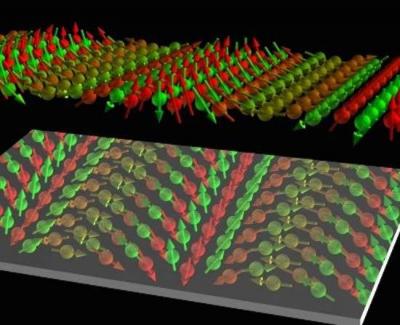Researchers develop new superconductor material that could benefit quantum computing
Researchers from the University of California - Riverside, National Institute of Standards and Technology, Massachusetts Institute of Technology and Rigaku Americas have developed a new superconductor material that could potentially be used in quantum computing and be a candidate 'topological superconductor.'
A topological superconductor uses a delocalized state of an electron or hole (a hole behaves like an electron with positive charge) to carry quantum information and process data in a robust manner. The researchers reported in their recent work that they combined trigonal tellurium with a surface state superconductor generated at the surface of a thin film of gold. Trigonal tellurium is a chiral material, which means it cannot be superimposed on its mirror image, like our left and right hands. Trigonal tellurium is also non-magnetic. Nonetheless, the researchers observed quantum states at the interface that host well-defined spin polarization. The spin polarization allows the excitations to be potentially used for creating a spin quantum bit -- or qubit.
